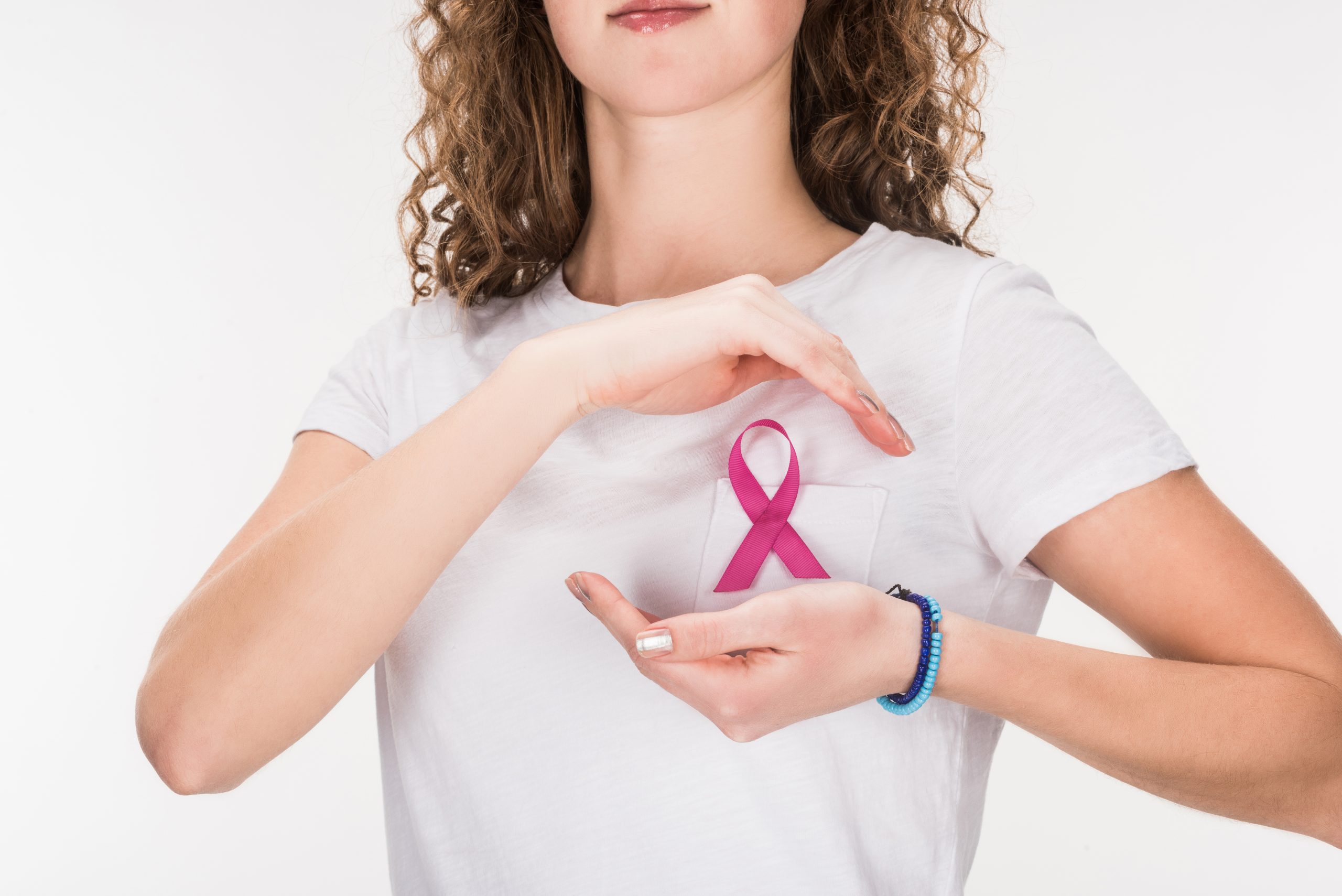Stating that stomach bleeding can be seen at any age, regardless of child and adult, Dr. Ferit Şeyhzade, Medline said that although the death rate has decreased with developing technology, the disease is still dangerous. Noting that the spread of wrong eating habits, unconscious drug use and stress cause an increase in gastric bleeding rates, Dr. Ferit Şeyhzade informed about first aid in stomach bleeding.
Why does it happen?
Stomach bleeding is in the group of internal bleeding, it happens due to stomach disorders. The most common causes are ulcers and gastritis. In gastric ulcer, the mucosa is irritated, bleeding occurs as a result of the perforation of the gastric vessel, in gastritis there is no perforation, but bleeding may occur from the wounds accumulated in the stomach. Sometimes even the use of a simple drug can cause bleeding.
What are the symptoms?
The patient vomits and blood comes out of his mouth. Its color is usually dark and resembles coffee grounds. In some cases, bloody and dark stools may also be seen. Dizziness, weakness, fainting, feeling of thirst, dry mouth, low blood pressure and, in more advanced cases, life-threatening shock are among the symptoms.
 What should be the first intervention for stomach bleeding?
What should be the first intervention for stomach bleeding?
Never give anything by mouth to the patient who has gastric bleeding. The patient should not be tried to induce vomiting by giving water or a food. Vital signs should be checked, regurgitation of vomited blood should be prevented and first aid team should be called immediately.
How is the treatment?
After the doctor’s intervention, serum and blood transfusions are performed when necessary. This varies from patient to patient and according to the condition of the disease. Afterwards, usually, endoscopy is performed and medication is given through a vein. The reason for performing the endoscopic procedure is to find the cause of bleeding and intervene accordingly. In rare cases, surgical intervention can be performed in addition to the endoscopic procedure, if the situation is worse.



